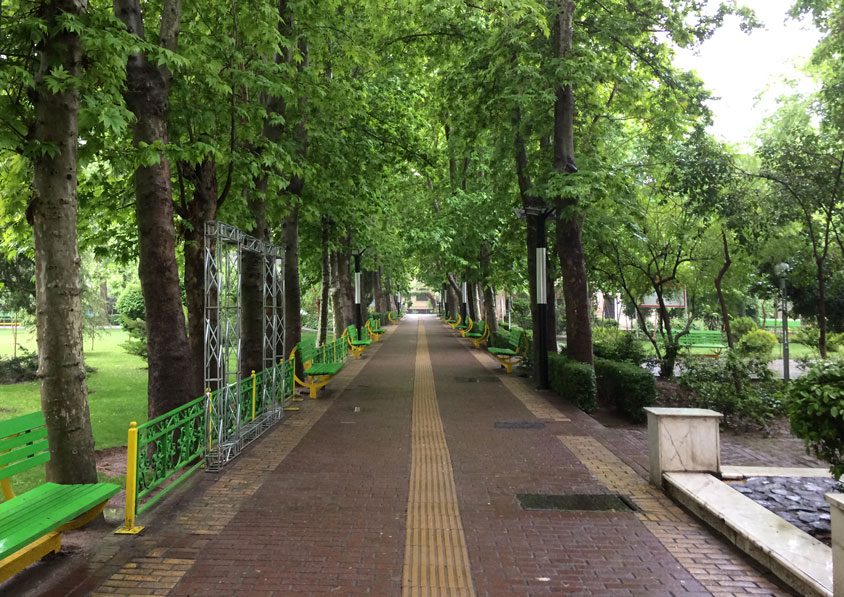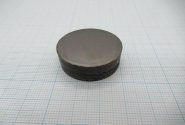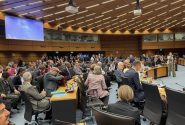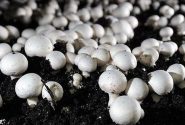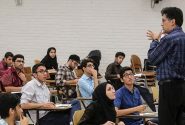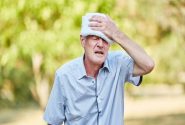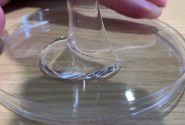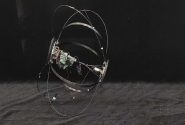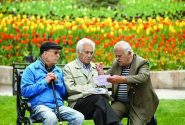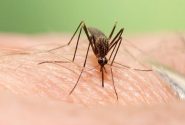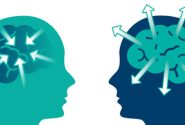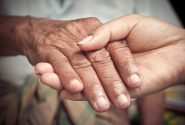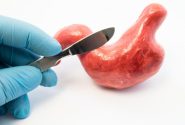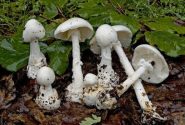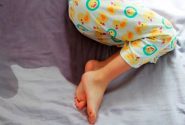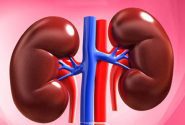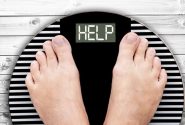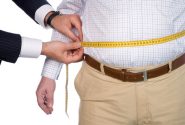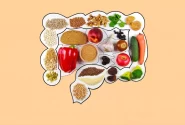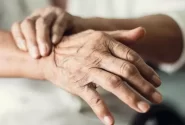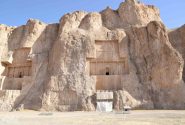به گزارش پایگاه خبری تحلیلی تسریر، به نقل از هلث دی نیوز، محققان چینی دریافتند افرادی که محل سکونت آنها در نزدیکی نقاط سرسبز و پر از درخت است، نسبت به افرادی که در جاهای دیگر زندگی می کنند، تراکم استخوان بهتری دارند.
«ژنگ شیائو اویانگ»، سرپرست تیم تحقیق از دانشگاه مرکزی جنوبی در چانگشا چین، گفت: «کاهش آلودگی هوا کلیدی برای فواید فضای سبز برای استخوانها به نظر میرسد.»
تیم اویانگ گفت: «این یافتهها بینشهای ارزشمندی در مورد پتانسیل سبزی در جلوگیری از شروع پوکی استخوان ارائه میکنند و بر اهمیت سبزسازی شهری در توسعه استراتژیهای پیشگیری مؤثر تأکید میکنند.»
این یافته ها در ۵ مارس در Annals of the Rheumatic Diseases منتشر شد.
این مطالعه از دادههای بیش از ۳۹۱۰۰۰ بریتانیایی استفاده شده که عادات و سلامت آنها توسط پایگاه داده UK Biobank ردیابی میشود. میانگین سنی شرکت کنندگان ۵۶ سال و ۵۳ درصد زن بودند.
علاوه بر ثبت اطلاعات در مورد تراکم مواد معدنی استخوان هر فرد و خطر ژنتیکی آنها برای پوکی استخوان، Biobank همچنین حاوی داده هایی در مورد رژیم غذایی، وضعیت سیگار کشیدن، ورزش و سایر عوامل بوده است.
تیم چینی از تصاویر ماهواره ای استفاده کردند تا دریابند که منطقه اطراف محل سکونت هر فرد چقدر “سبز” است. داده های جداگانه برای ردیابی سطوح محلی آلودگی هوا استفاده شد.
در طول ۱۲ سالی که در این مطالعه گنجانده شد، ۹۳۰۷ نفر به یک مورد جدید از پوکی استخوان مبتلا شدند. این مطالعه نشان داد به ازای هر ۷۰۰ مترمکعب فضای سبز مسکونی در دسترس یک فرد، احتمال ابتلاء به پوکی استخوان در آنها ۵ درصد کاهش مییابد.
به نظر می رسد کاهش آلودگی هوا عامل میانجی باشد. بر اساس یک خبر از ناشران مجله، “افرادی که در مناطق سرسبز زندگی می کنند در معرض خطر کمتری قرار خواهند گرفت زیرا درختان و گیاهان به عنوان فیلترهای طبیعی عمل می کنند و آلاینده ها را از هوا حذف می کنند.”
محققان معتقدند افرادی که فعالیت بدنی بیشتری داشتند، استخوانهای قویتری داشتند و فضاهای سبز نیز ممکن است ورزش را تشویق کنند. گروه اوتانگ نتیجه گرفتند: «یافتههای این مطالعه اولین شواهدی را نشان میدهد که نشان میدهد سبز بودن خانه با تراکم استخوان بالاتر و کاهش خطر ابتلا به پوکی استخوان مرتبط است.»
Living close to trees and other greenery could be keeping your bones strong, a new 12-year study suggests.
Folks whose residences were near spots deemed “green” by satellite imagery tended to have better bone density than those who lived elsewhere, Chinese researchers found.
Reductions in air pollution seemed key to greenery’s benefit for bones, according to a team led by Zhengxiao Ouyang, of Central South University in Changsha.
“These findings provide valuable insights into the potential of greenness in preventing the onset of osteoporosis and emphasize the significance of urban greening in developing effective prevention strategies,” Ouyang’s team said.
The findings were published March 5 in the Annals of the Rheumatic Diseases.
The study drew on data from over 391,000 British people whose habits and health are being tracked by the UK Biobank database. Participants averaged 56 years of age, and 53% were women.
Besides recording data on each person’s bone mineral density and their genetic risk for osteoporosis, the Biobank also contained data on their diet, smoking status, income, exercise levels and other factors.
The Chinese team used satellite imagery to figure out how “green” the area around each person’s residence was. Separate data was used to track local levels of air pollution.
Over the 12 years included in the study, 9,307 people went on to develop a new case of osteoporosis.
The study wasn’t designed to prove cause-and-effect. However, for every 1,000 feet of residential green space available to a person, their odds of developing osteoporosis fell by 5%, Ouyang’s group reported.
Reduced air pollution appeared to be the mediating factor.
“People living in the leafiest areas will be exposed to a lower risk because the trees and plants act as natural filters, removing pollutants from the air,” according to a news release from the journal’s publishers.
Folks who were more physically active also had stronger bones, and green spaces might also encourage exercise, the researchers theorized.
“The findings from this study present the first evidence indicating that residential greenness is associated with higher bone density and decreased risk of developing osteoporosis,” Outang’s group concluded.
تسریر مراقب سلامتی شماست!

